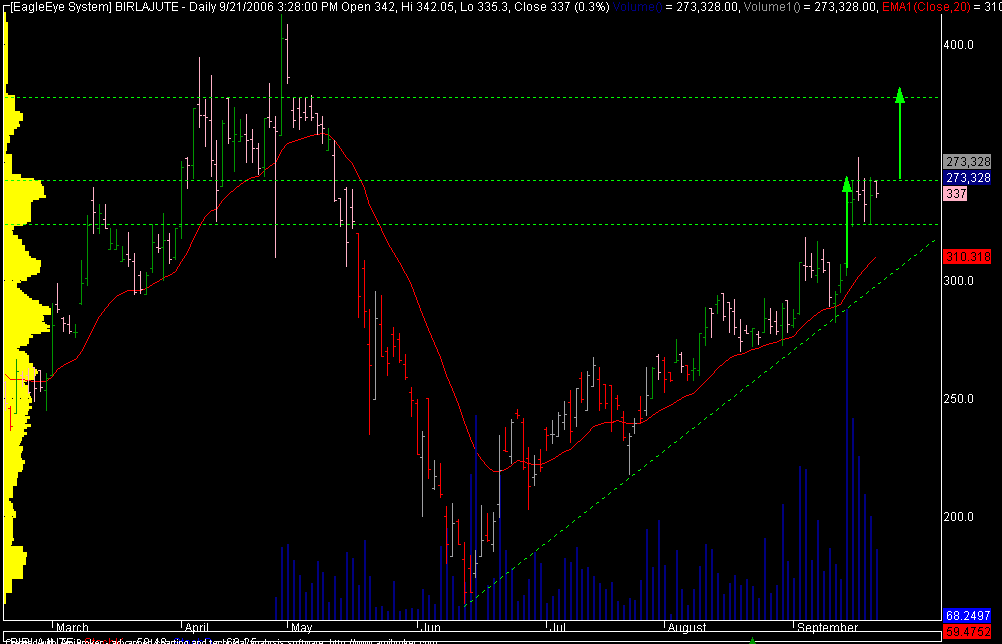Of the various vulnerabilities traditional financial assets are exposed to, a rising oil
price is of particular concern. In 2004, oil hit an all-time high of $56 per barrel, up 366
percent from the $12 low of 1998, and up 75 percent since January 2004.

Generally speaking, an increasing oil price results in increasing inflation, negatively
impacting the global economy, particularly oil-dependent economies such as the
US. Apart from increased transportation, heating and utility costs, higher oil prices are
eventually reflected in virtually every finished product, as well as food and
commodities in general. Furthermore, there is evidence that global oil production is
peaking and the flow will soon be in permanent decline.
The US has enjoyed inexpensive oil-based energy for nearly a century, and this is one
of the prime factors behind the unprecedented prosperity of its economy in the 20th
century. While the US accounts for only 5 percent of the world's population, it
consumes 25 percent of the world's fossil fuel-based energy. It imports about 75
percent of its oil, but owns only 2 percent of world reserves. Because of this
dependency on both oil and foreign suppliers, any increases in price or supply
disrupti

ons will negatively impact the US economy to a greater degree than any
other nation.
The majority of oil reserves are located in politically unstable regions, with tensions in
the Middle East, Venezuela and Nigeria likely to intensify rather than to abate.
Because of frequent terrorist attacks, Iraqi oil production is subject to disruption, while
the risk of political problems in Saudi Arabia grows. The timing for these risks is
uncertain and hard to quantify, but the implications of Peak Oil are predictable and
quantifiable, and the effects will be more far-reaching than simply a rising oil price.
In the early 1950s, M. King Hubbert, one of the leading geophysicists of the time,
developed a predictive model showing that all oil reserves follow a pattern called
Hubbert’

s Curve, which runs from discovery through to depletion. In any given oil
field, as more wells are drilled and as newer and better technology is installed,production initially increases. Eventually, however, regardless of new wells and newtechnology, a peak output is reached. After this peak is reached, oil production notonly begins to decline, but also becomes less cost effective. In fact, at some point inthis decline, the energy it takes to extract, transport and refine a barrel of oil exceeds
the energy contained in that barrel of oil. When that point is reached, extraction ofoil is no longer feasible and the reserve is abandoned. In the early years of the 20th century, in the largest oil fields, it was possible to recover 50 barrels of oil for eachbarrel used in the extraction, transportation and refining process. Today that 50-to-1ratio has declined to 5-to-1 or less. And it continues to decline. read more here
gold oil crude

 y, if the recent advance tax payment figures of major Indian companies are any indication.
y, if the recent advance tax payment figures of major Indian companies are any indication. crore. Metal majors Tata Steel and Hindalco Industries have paid advance tax of Rs 450 crore (up 80%) and Rs 230 crore (up 70%), respectively, in September 2006. Other Sensex constituents, Grasim Industries, Bajaj Auto, L&T and Tata Motors, have also seen a rise in advance tax payment in a range of 14% to 94%.
crore. Metal majors Tata Steel and Hindalco Industries have paid advance tax of Rs 450 crore (up 80%) and Rs 230 crore (up 70%), respectively, in September 2006. Other Sensex constituents, Grasim Industries, Bajaj Auto, L&T and Tata Motors, have also seen a rise in advance tax payment in a range of 14% to 94%.
 ons will negatively impact the US economy to a greater degree than any
ons will negatively impact the US economy to a greater degree than any s Curve, which runs from discovery through to depletion. In any given oil
s Curve, which runs from discovery through to depletion. In any given oil